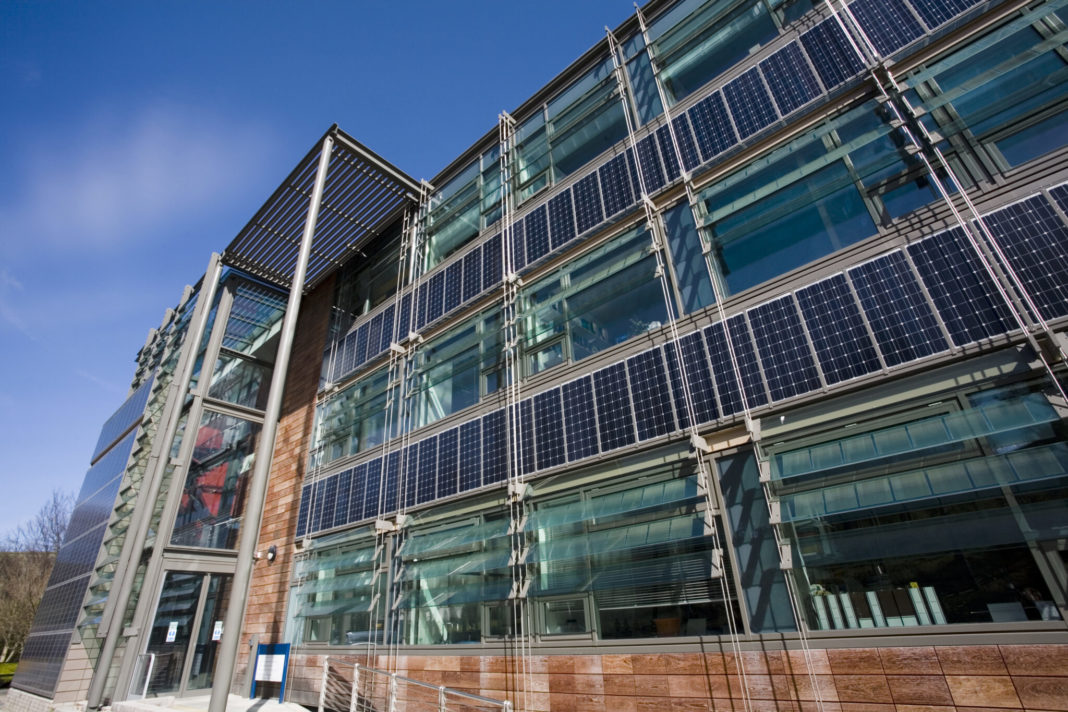As companies across the globe push to embrace sustainable energy models, they are adding solar generating assets to their facilities as a way of reducing fossil fuel consumption and carbon footprint. The increased deployment of renewable solar energy sources is acting as one of the key energy market drivers. According to the analyst firm MarketsandMarkets , the global microgrid market is projected to grow from US$24.6 billion in 2021 to US$42.3 billion by 2026.
However, as we have learned from the recent wave of natural disasters, solar panels, operating on their own, provide no level of business resilience. If the solar power system is grid-tied, and no local energy storage mechanism is in place, the solar energy cannot be used to power the home or the business during a power outage. the solar system will intentionally shut off for safety reasons. This lack of business resilience presents huge economic risks. The Department of Energy (DoE) recently estimated that outages are costing the U.S. economy $150B annually .
Many of those who invest in solar energy generating assets assume that resilience to any power failure situation comes as part of the package. However, that is only true if the investment addresses a microgrid approach that includes not only solar generating assets but also an accompanying set of microgrid controls, and […]

